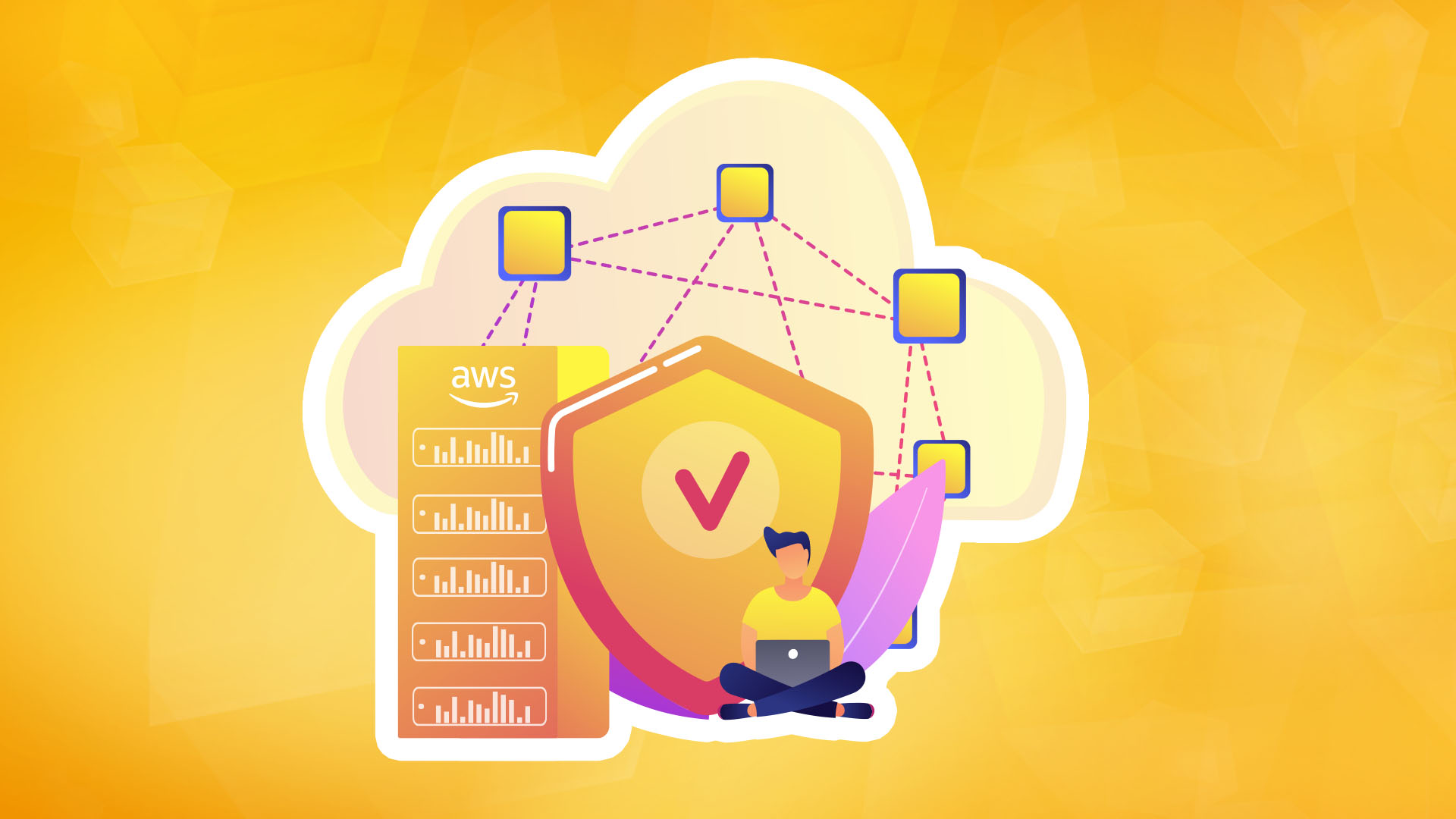Infrastructure monitoring in AWS using Amazon CloudWatch

In an era of digital transformation, where application performance and reliability are the cornerstones of success, monitoring infrastructure in the cloud has become one of the key elements of IT systems management. Amazon CloudWatch, part of the AWS ecosystem, is a comprehensive monitoring tool that provides real-time data, supports performance analysis, and enables the automation of problem responses.
In this article, we will explore how Amazon CloudWatch works, what features it offers, and how to implement it in your infrastructure.
What is Amazon CloudWatch?
Amazon CloudWatch is a scalable monitoring service designed to collect, analyze, and visualize cloud infrastructure and application data. With CloudWatch, we can monitor native AWS services such as EC2, RDS, Lambda, or S3, as well as applications running in other environments.
The service collects metrics, analyses logs, and allows us to create alerts and automate actions based on defined events. CloudWatch also supports integration with other AWS services, allowing for advanced monitoring and incident response scenarios.
Why is infrastructure monitoring important?
Without proper infrastructure monitoring, it is difficult to ensure application performance and reliability. Monitoring enables:
- Early detection of problems: For example, detecting an increase in CPU usage on a server before it causes an application to slow down.
- Better understanding of system behavior: Analysing historical data allows you to anticipate resource scaling needs.
- Cost optimization: By monitoring resource usage, you can identify areas for optimization.
- Ensuring business continuity: With alerts and automation, CloudWatch allows you to respond quickly to failures.
Key features of Amazon CloudWatch
- Collecting metrics
CloudWatch automatically collects data on the performance and status of AWS resources. Here are some examples of metrics:
- EC2: CPU usage, network traffic, disk utilization levels.
- RDS: Number of active connections, query latency.
- Lambda: Number of calls, function execution time, errors.
In addition, CloudWatch supports user-defined metrics (so-called custom metrics). You can, for example, upload data on the number of users logged into the application or the number of HTTP requests.
- Log analysis
CloudWatch Logs allows you to collect and analyze logs from applications, operating systems, and other sources. The logs can be filtered, analyzed, and visualized. These functions help to diagnose errors and identify anomalies.
- Creating dashboards
With CloudWatch Dashboards, you can create personalized views that present key metrics on a single screen. Dashboards are interactive and can be customized to meet the needs of different teams.
- Alarms and notifications
CloudWatch Alarms allows you to define alarms based on metrics such as CPU usage or application errors. Alarms can trigger actions such as:
- Sending a notification via Amazon SNS.
- Scaling the EC2 instance thanks to Auto Scaling.
- Invoking the Lambda function to resolve an issue.
- Event management
CloudWatch Events allows you to respond to events in your AWS infrastructure. For example, you can trigger the Lambda function when a file is uploaded to S3, or change firewall rules when suspicious traffic is detected.
- Synthetic monitoring
The synthetic testing function allows you to simulate user interactions with applications. This allows you to monitor the availability and performance of applications from different geographical locations.
How do I configure Amazon CloudWatch to monitor my AWS infrastructure?
- Basic resource monitoring
AWS automatically enables basic monitoring for most services, such as EC2 or RDS. To use advanced monitoring:
- For EC2, you can enable real-time monitoring (1-second intervals) for an additional fee.
- For other services, such as Lambda, metrics are provided automatically.
- Creating custom metrics
You can upload custom metrics using the AWS SDK, CLI or API.
- Creating dashboards
You can create dashboards in the AWS console:
- Go to the ‘Dashboards’ section in CloudWatch.
- Click ‘Create dashboard.’
- Add widgets, such as charts or text, to visualise key metrics.
- Setting up alerts
To create an alarm:
- Go to the ‘Alarms’ section in CloudWatch.
- Click ‘Create Alarm’ and select a metric.
- Specify an alarm condition, e.g. ‘CPU usage > 80% for 5 minutes’.
- Configure the action, e.g. sending a notification via SNS.
- Log monitoring
To configure log collection:
- Configure the application or server to send logs to CloudWatch Logs.
- Create a log group in CloudWatch.
- Use tools such as Fluentd or CloudWatch Agent to upload logs.
Practical example: monitoring a web application
Suppose you manage an e-commerce application hosted on EC2 and RDS. You want to monitor its performance and respond to problems.
Step 1: Collect metrics
- Set up monitoring for EC2 (CPU, RAM, network traffic) and RDS (query latency, number of connections).
Step 2: Log analysis
- Configure CloudWatch Logs to collect logs from the application server and database. Set up filters to detect errors, such as ‘ERROR’ or ‘Timeout’.
Step 3: Create alarms
- Create an alarm for the EC2 instance to notify the administrator if the CPU exceeds 85%.
- Set up an alarm for RDS that detects long queries.
Step 4: Automate the response
- Integrate the alert with AWS Lambda to automatically trigger new EC2 instances in the Auto Scaling group when traffic increases.
Step 5: Visualise the data
- Create a dashboard that shows key metrics such as CPU utilization, number of requests to RDS, and number of active users.
AWS infrastructure monitoring - summary
Amazon CloudWatch is an extremely comprehensive tool that allows you to monitor and manage your infrastructure on AWS. With its functionalities such as metrics collection, log analysis, dashboard creation, and response automation, you can improve the performance, reliability, and security of your applications.
If you're not already using CloudWatch, start by monitoring basic resources and gradually deploy advanced features. Monitoring your infrastructure is an investment that translates into a better user experience and greater success for your application.



